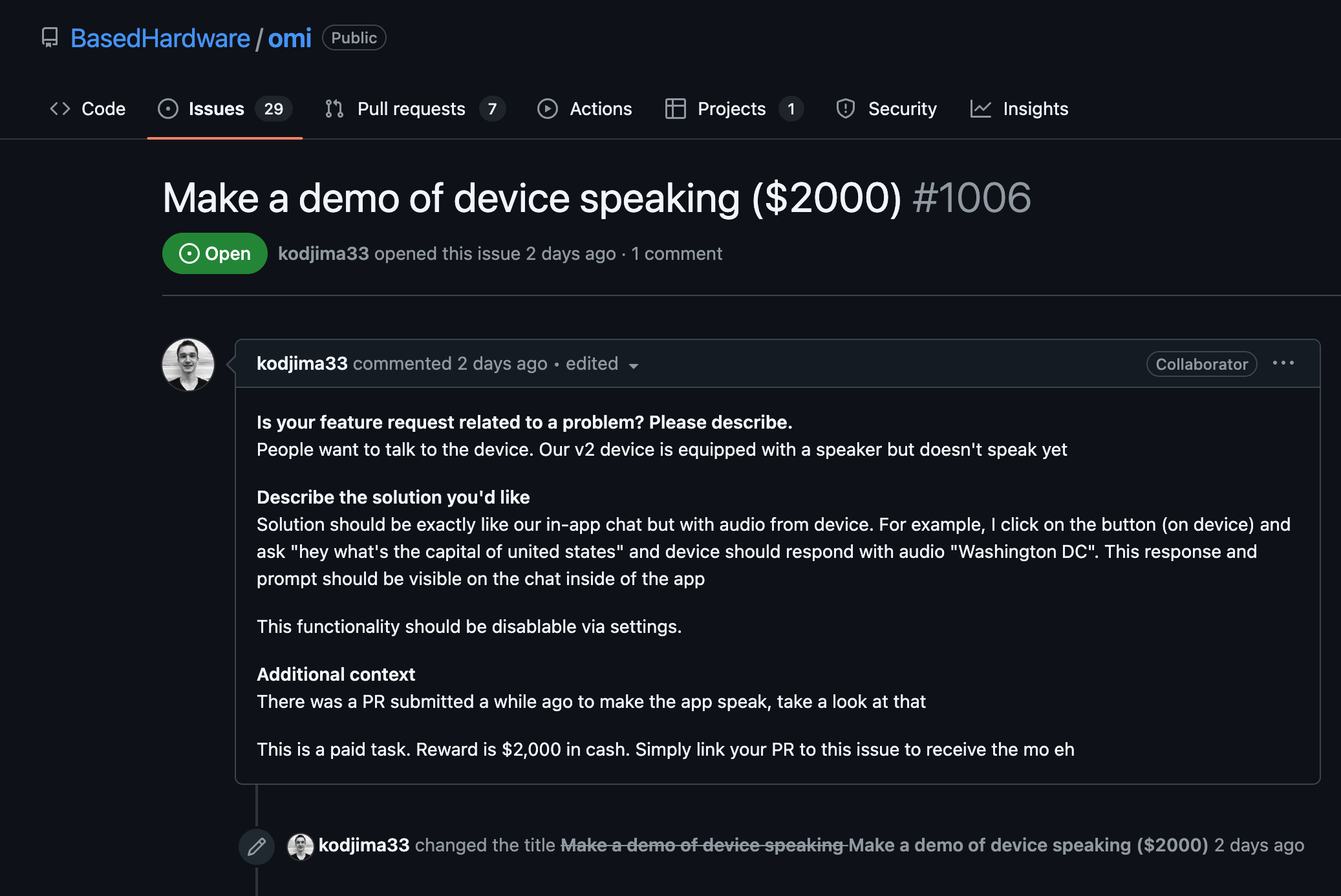Optimize GPU Configuration Parameters
- Adjust memory growth settings to prevent the GPU from allocating all its memory at the start. Ensure dynamic memory allocation based on runtime needs.
- Utilize tensorflow's `allow_growth` parameter to enable memory allocation as needed. For example:
import tensorflow as tf
physical_devices = tf.config.experimental.list_physical_devices('GPU')
for gpu in physical_devices:
tf.config.experimental.set_memory_growth(gpu, True)
Use Mixed Precision Training
- Mixed Precision Training utilizes both 16-bit and 32-bit numbers to enhance performance, especially on GPUs with Tensor Cores. Enable it by using the 'mixed\_float16' policy:
from tensorflow.keras.mixed_precision import experimental as mixed_precision
policy = mixed_precision.Policy('mixed_float16')
mixed_precision.set_policy(policy)
Optimize Data Loading and Preprocessing
- Utilize TensorFlow's `tf.data` API to efficiently load and preprocess data. Prefetch and parallelize data loading to keep the GPU utilized:
train_dataset = train_dataset.prefetch(buffer_size=tf.data.experimental.AUTOTUNE)
- Parallelize preprocessing operations to prevent data loading from being a bottleneck.
Leverage Model Parallelism
- Distribute different parts of the model across multiple GPUs to reduce computation time. Split computationally intensive layers across available GPUs:
strategy = tf.distribute.MirroredStrategy()
with strategy.scope():
# Define and compile your model here
Profile and Benchmark
- Utilize TensorFlow Profiler to identify bottlenecks in your model and improve performance. Analyze the Timeline and Memory Trace to spot inefficiencies.
- Use built-in TensorFlow hooks to gather information about the model's execution time and memory usage for further optimization.
Reduce Precision of Variables
- For variables that do not require high precision, use a lower data type, such as `tf.float16` or `tf.bfloat16`, to reduce memory usage and enhance performance.
Experiment with Batch Size
- Adjust the batch size to find an optimal balance between memory usage and computational efficiency. Larger batch sizes may improve throughput but require more memory.
Update TensorFlow and CUDA
- Ensure you are using the latest compatible versions of TensorFlow, CUDA, and cuDNN. Updates often come with performance improvements and optimizations.
Use XLA (Accelerated Linear Algebra)
- Enable XLA to optimize your graph for improved performance on GPU:
tf.config.optimizer.set_jit(True)























